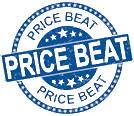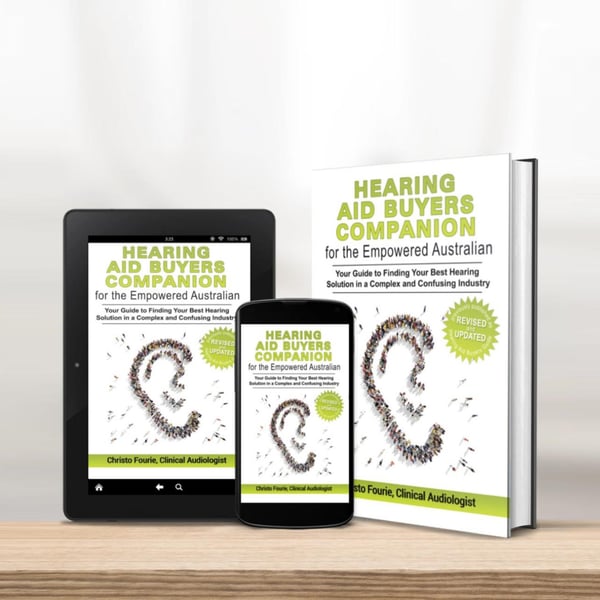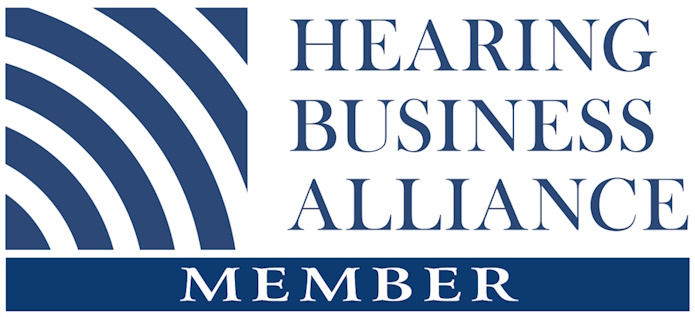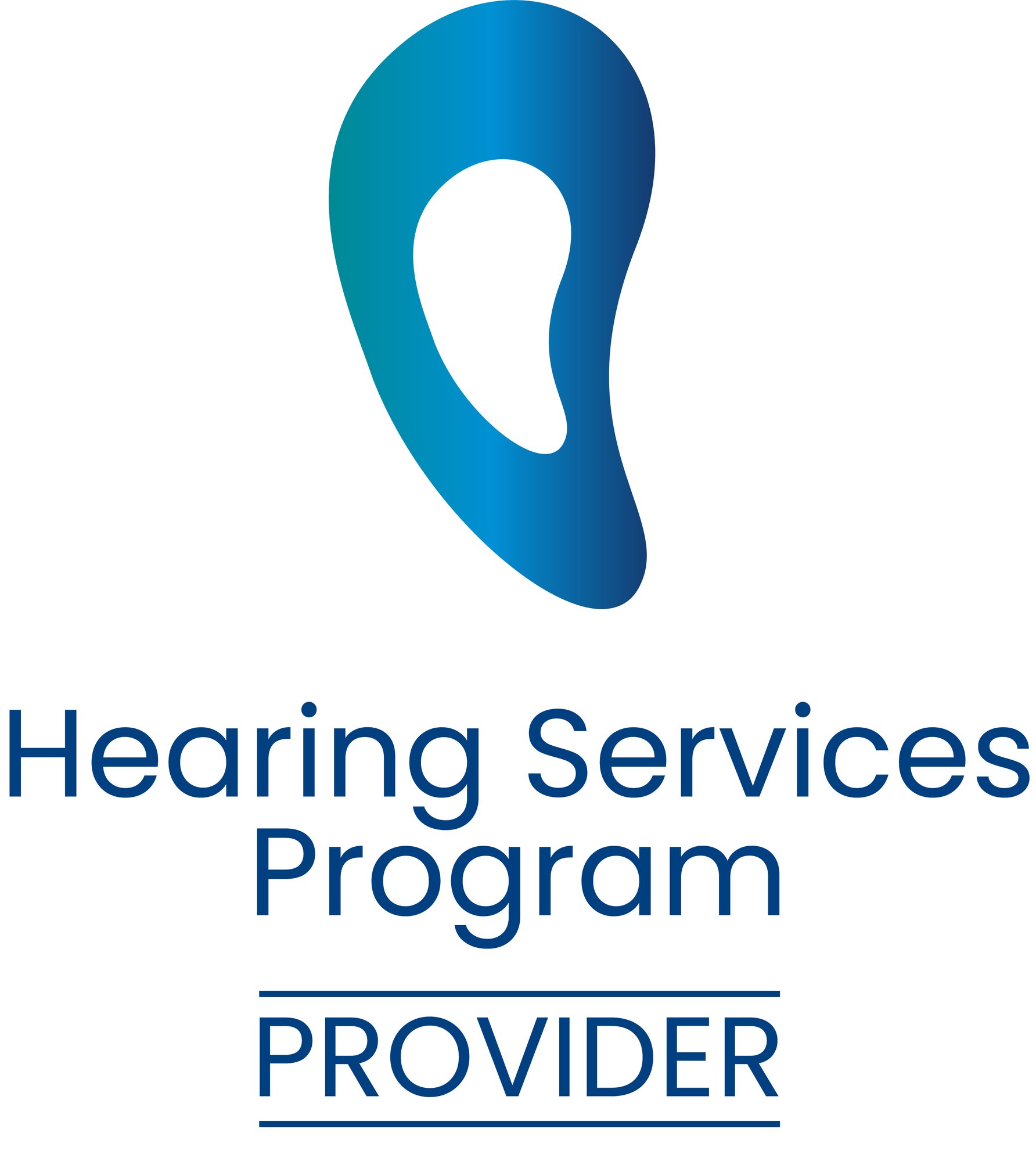- About
- Services
- Resources
- Guides & Checklists
- A Detailed Guide to Hearing Aids
- Ultimate Hearing Aid Buyers Companion
- Comprehensive Guide to Hearing Loss
- Why You May Hear, But Not Understand Speech
- Tinnitus Self-Management Guide
- Factors That Can Lead To Unsuccessful Outcomes
- Hearing Aid Shopper's Checklist
- Choosing the Best Audiologist
- Hearing Aid Prices
- Tools
- Support
- Guides & Checklists
- Why Value Hearing?
- Clinic Locations



